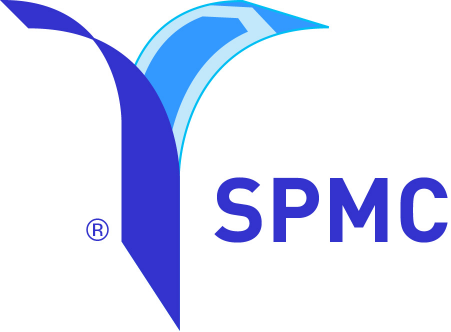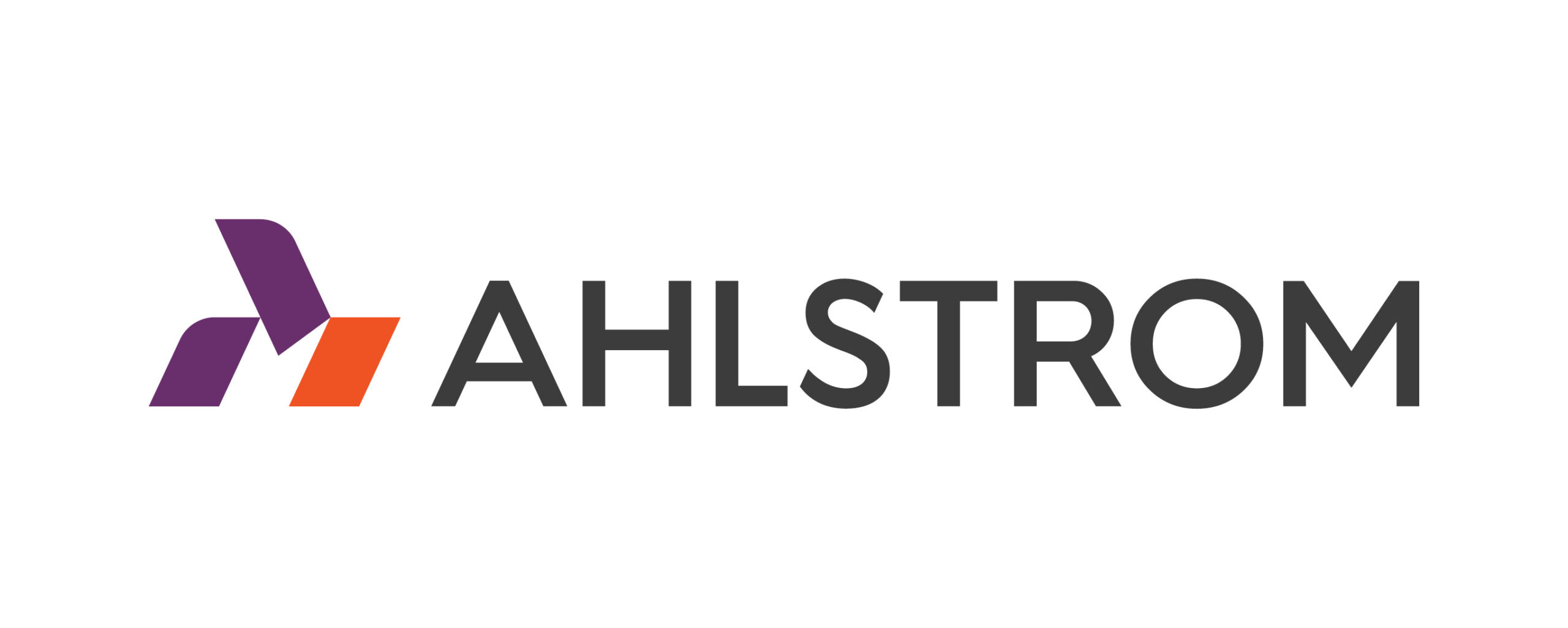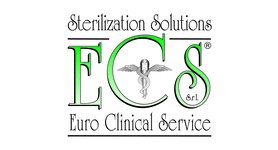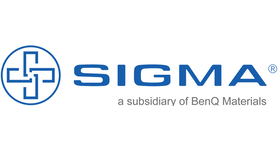Standard Guide for Accelerated Aging of Sterile Barrier Systems for Medical Devices
The introduction of new or modified products to the marketplace requires the assurance that they can be stored for an extended period (one year, two years, etc.) without any decrease in performance that may affect safety and efficacy when the products are used.
The ASTM F1980 guide provides documentation for developing accelerated aging protocols to promptly determine the effects, if any at all, due to the passage of time on the sterile integrity of the sterile barrier system (SBS), as defined in ANSI/AAMI/ISO 11607-1:2006, and the physical properties of their component packaging materials.
It is imperative to administer accelerated aging (ASTM F1980) tests to present experimental data in support of performance and shelf-life claims for these products until full-period or “real time” aged samples become available. Extracted information from ASTM F1980 testing may be used to support expiration date claims for medical device sterile barrier systems.
ASTM F1980 procedure for accelerated aging is comprised of the following:
- Select the Q10 value
- Define the desired shelf life of the package (marketing and product needs, etc.).
- Define aging test time intervals (including time zero).
- Define test conditions, room temperature (TRT), and accelerated aging temperature (TAA).
- Use the Q10, TRT, and TAA to calculate the test duration.
- Define package material properties, seal strength and integrity tests, sample sizes, and acceptance criteria.
- Age samples at TAA. In parallel, age samples at real-life aging conditions (TRT).
- Evaluate the package performance after accelerated aging relative to the initial package requirements.
Evaluate package, or package performance, or both, after real time aging relative to the initial package requirements.




































